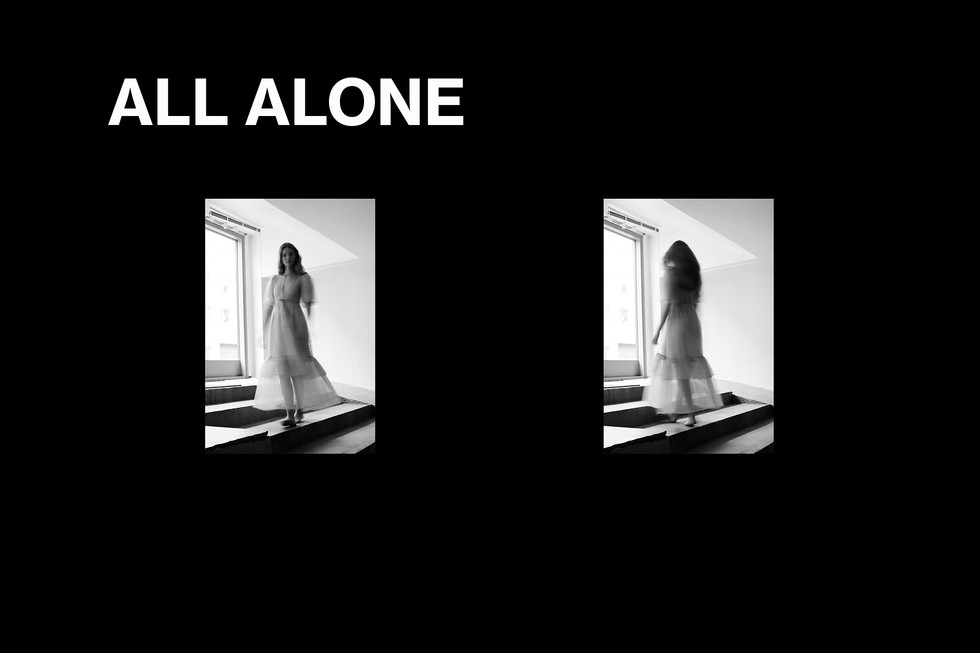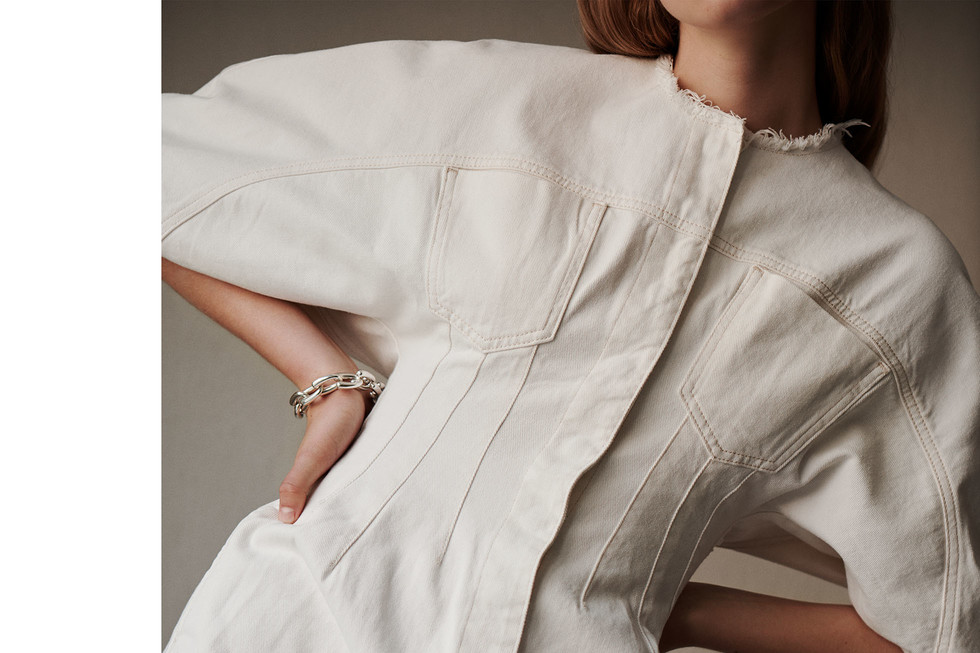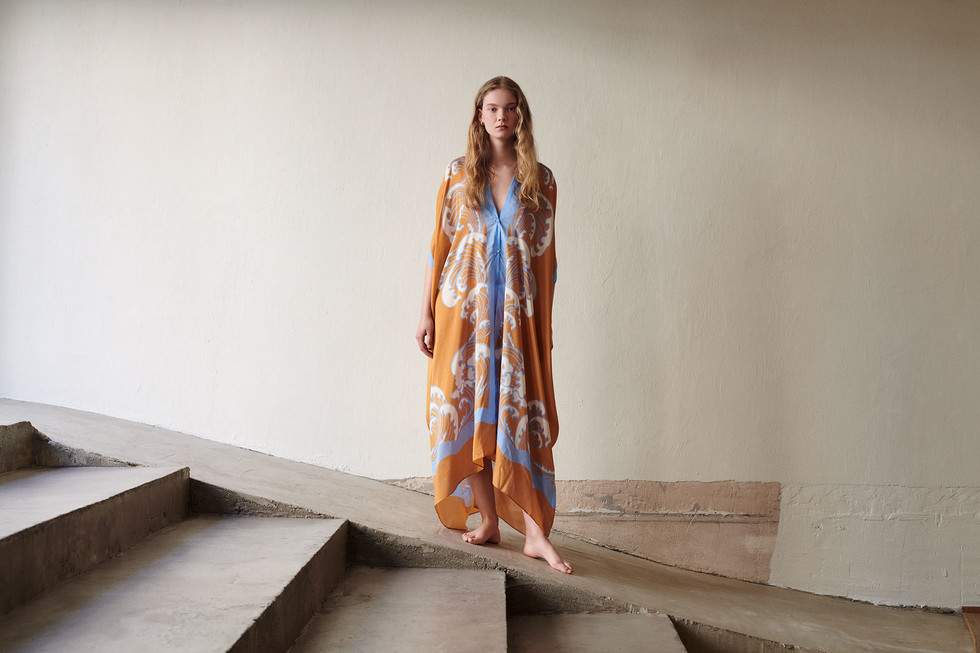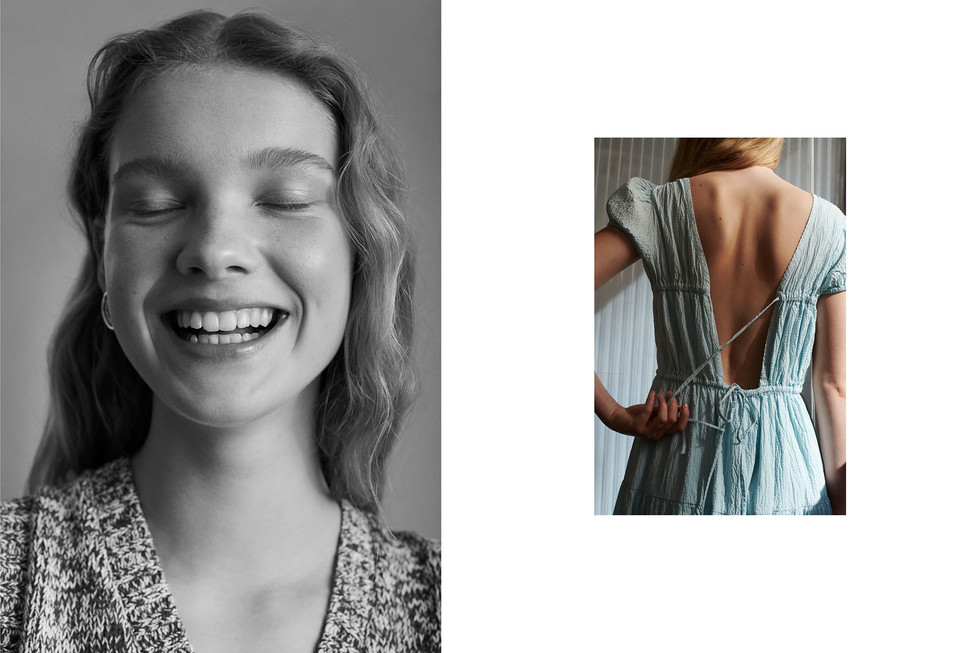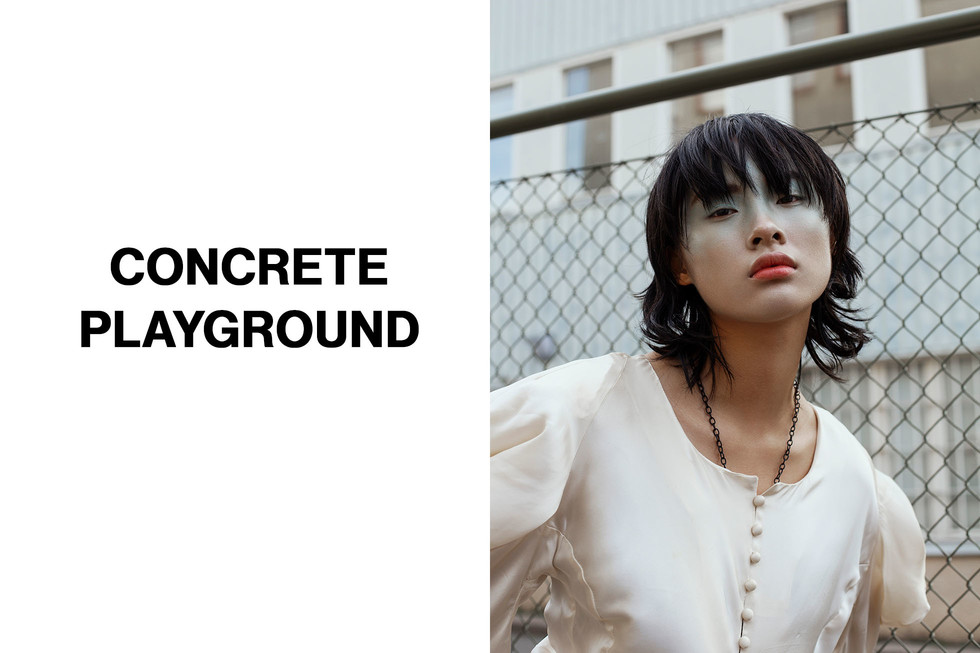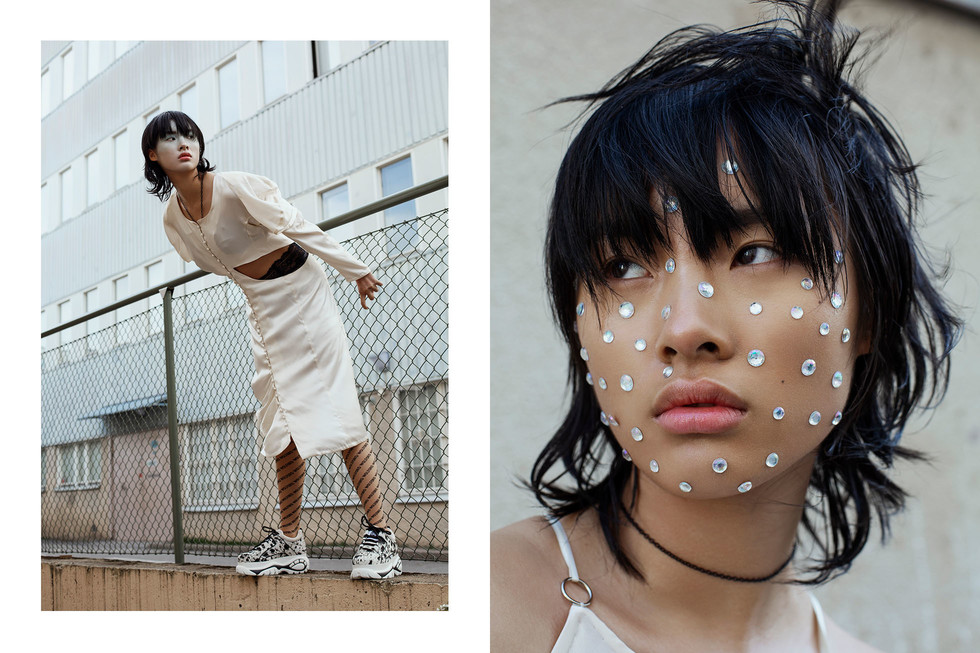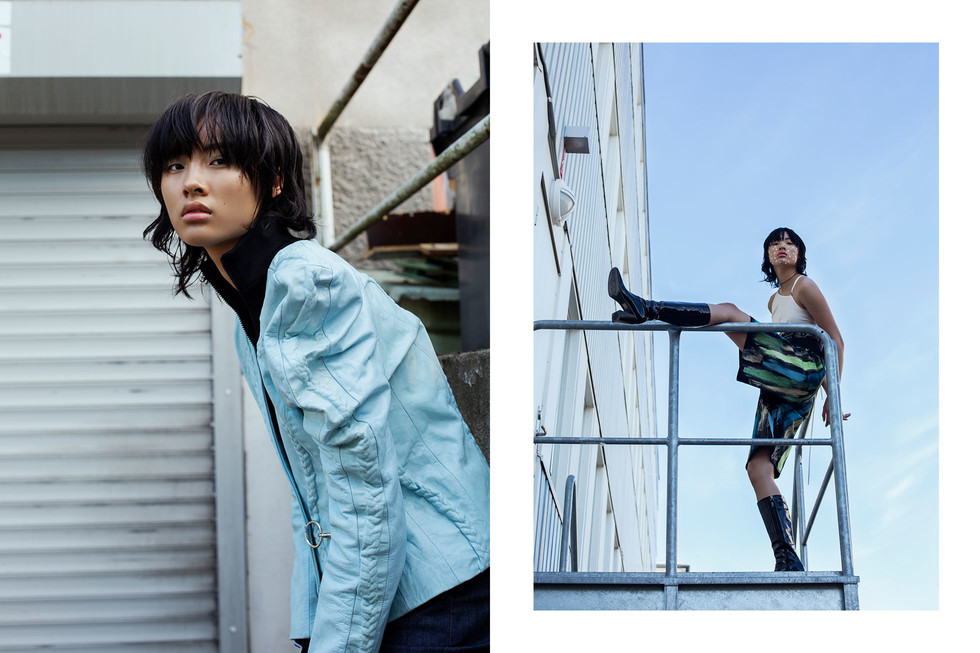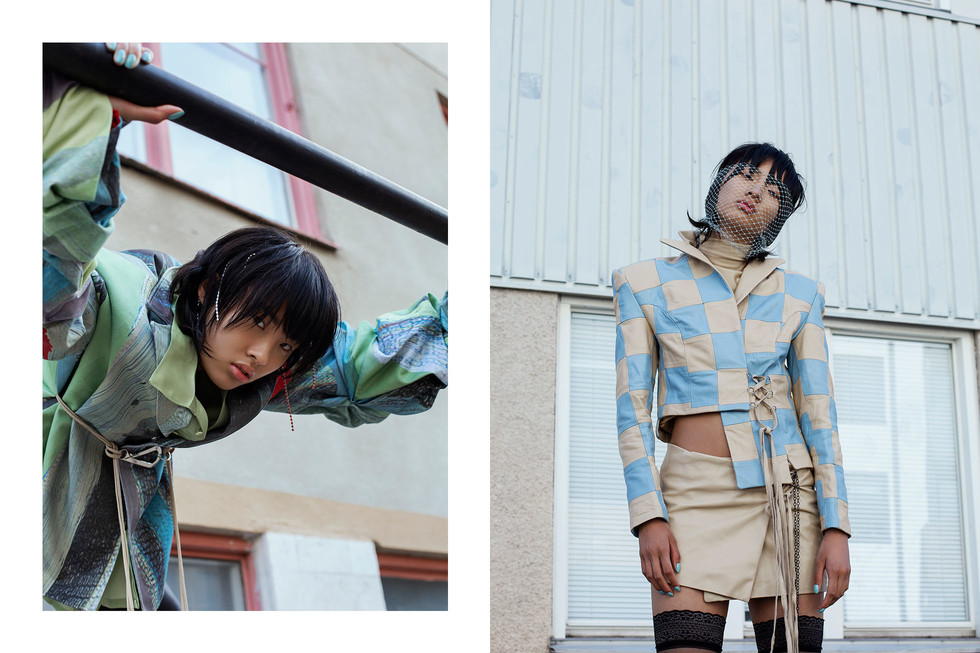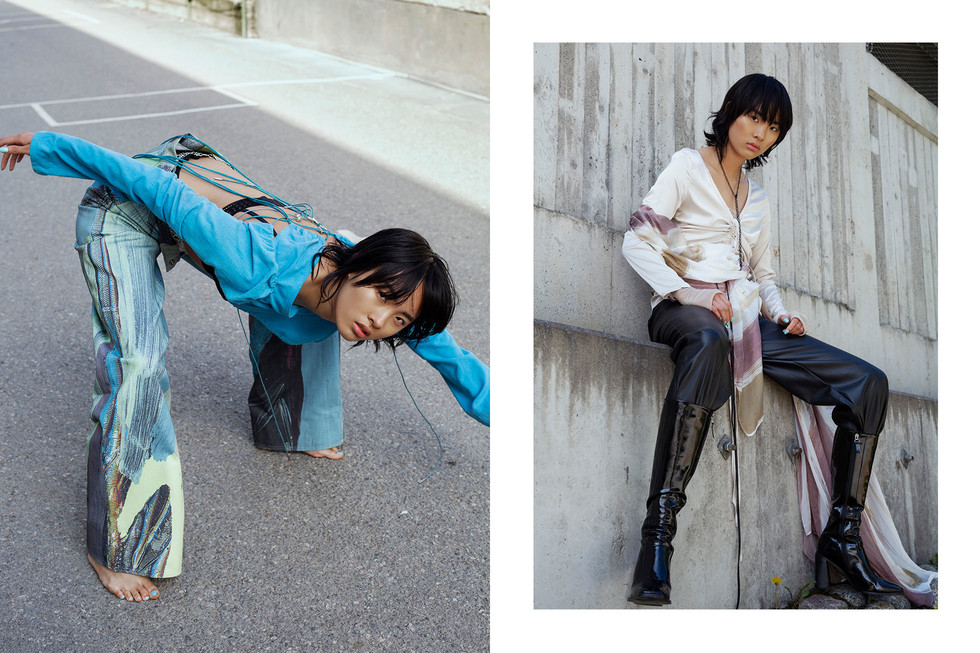“Justice locked inside our old
theater
Fear of tragedies
Tragedies of a Biblic
proportion
Waste emotions”
Giving one of his famous lectures, almost 100 years ago, the British philosopher and mathematician Bertrand Russell, was concerned with “the problem of determining what is the relation called meaning.” He would use the word “Napoleon” that “means” a certain person. Thus, in saying the word “Napoleon”, one is asserting a relation between this word and the person so designated. Let us take the word “music”. It might be hard to come up with an exhaustive definition for it but music is easy to recognise, when one is hearing it. Oxford Dictionary defines music as “sounds that are arranged in a way that is pleasant or exciting to listen to.” Aristotle compared music with emotions, interpreting the former as a principle of movement on the sense level. Meanwhile, Plato claimed that music gives soul to the universe, wings to the mind, flight to the imagination, a charm to sadness, and life to everything by becoming a moral law. We see that the definition of the word “music” describes emotions — pleasure and excitement — that are inherent in us humans.If we now consider what sort of object a word itself is, as a physical thing, not as a meaning, we discover, according to Bertrand Russell, that a word is not something unique and particular but consists of a set of occurrences. Further, a spoken word has two aspects, depending on how we regard the latter — as a speaker or as a hearer. Considering now the meaning that music and lyrics create we might regard it from these two perspectives — a listener perspective and an artist perspective. An artist is both a creator and a kind of “speaker” of his or her music that people may like or reject. Justice of one’s feelings suddenly becomes locked inside one’s own soul, where those feelings are born by the meaning that relationship between lyrics, music and the personalities of composer, poet and singer constitute. Ostensibly, a song becomes a complicated element of relations between people creating it, making it alive and the audience, bringing them in one or another way together with each other and, in the first place, with their own self. Trying to understand the process of creating music and/or songs, Odalisque met the man behind the lyrics of the Swedish band The MotiveZ Nebojsa Grujic and spoke to him about the band, music, lyrics and the challenging times. The band released their first album 'Alexandria' in March and it is available on Spotify. During the COVID-19 period the band worked hard and a new song called ‘Breath of Fuel’ is their latest “Corona baby”.
How did it all start with the band?
After a long time in the music business, I ended up standing alone with a lot of compositions in my hands. I was not able to record and I phoned an old friend of mine and asked wether he could play some guitars on these songs. He said, “Definitely! But I am going to bring someone else who is more into Rock.” And this is how we met Sale. It was just a year ago and we clicked directly. On the first day, we recorded four songs. There obviously was a lot of Macallan and Rémy Martin involved but it was great. So, we clicked straight away and he said that he had a singer and that was a guy from Croatia called Davor. I had some compositions that I thought should be sung by a girl. And I called a girl named Hilda and she jumped on straight away. And then Jesper came into the picture. I think they did a great job. I also phoned some other old friends offering some songs they could do. The song ‘Preach’ they knocked in one night. Hilda performs live quite a lot and has her own projects as well. This is how we sort of combined the record - everybody knew somebody. We had a drummer, who was filming this show and he also made some very prominent bits for a number of songs.
How many are you now in the band?
Now we found a new member, a twenty-five-year-old guy called Stephan. So, we are four people in the band right now but we are always open for collaborations with other artists. However, we have realised that music has no age limit and now we happen to play with different artists of different ages from time to time — experimenting sort of. It appear to be very motivating for us as a band and as individuals.
What do you think keeps you together, besides music?
I think, a feeling of freedom and creativity. I have been creating my whole life and therefore, I, for example, clicked with Carl Lagercrantz’ artworks, which ended up on our first album cover and even on the cover for our latest single “Breath of Fuel”. I have an idea but it is about how you would express my idea. If I want to play a guitar to find a right motive for my lyrics, I can simply put it in my computer that would do all this midi and it will sound perfect. However, we prefer to play physically and to use the technology to experience the product that we have accomplished. A lot of our recordings have been conducted in merely one take. Moreover, a lot of solos are pure improvisations. Therefore, my idea of music and freedom is that I give you this gutar line and let’s see what you can do with it. If I have lyrics, we would sit down, trying to adjust. When I gave my lyrics to Hilda, I wanted to see what she could do with it.
What kind of music do you play?
I would say it is a mixture with Rock as a foundation. It is a sort of old school. Most of these compositions include two guitars, a base line and some melodies. Then again, it is about how these melodies are expressed by the vocalists and how these gutar lines are going to get developed. There is a singer’s soul that have to compose it.
Could you say a couple of words about the name of your band and how it is connected to the music you play?
You alway have to have a goal but to give you band the name ‘Goal’ would sound like a hooligan football. ‘Motivations’ sounded like a brilliant funk band. So, we came up with ‘Motives’ and then my friend artist Carl Lagercrantz came up with the Z as ‘MotiveZ’, and he had a connection ‘from A to Z’ that we hadn’t thought about. We are still under construction, because we have to use it and this is so brilliant. Alfa and Omega have been used in Biblical stories and this is musical one.
Do you have a studio for your rehearsals?
Yes, we have it out in Taby and it is a brilliant place. We are going to start recording there. Our first record was done at another place in Huddinge. Now we will try to record in the jamming room, like really really old school. It is a friend of ours who built that studio and it is a really old-school studio. It is very inspiring and different from ordinary jamming rooms that you rent, where you are usually two by two and cannot breathe. In this studio you can make you a cup of coffee and there is even a sauna.
Who writes the music?
Mostly, it is me. Both music and lyrics. I usually say that I present them. I like the freedom of how you would interpret them, how you would play the riff. Maybe instead of playing F-sharp minor, the guitar just goes down to A major.
Do you have any discussions about lyrics within the band?
Always. I am not a singer and people who criticise my lyrics have to say more about poetry or literature. I always write about politics and about being hurt by somebody, being insulted.
How do you keep yourself inspired?
I try not to go agains individuals. Once, I had a song about one individual, a journalist who got on my nerves. Usually, I try to observe a phenomenon. One of the songs was about the pain of not belonging but the sweetness of the longing. Sometimes, if you change venues, if you change apartments and if you change schools, which I have done, you feel like you do not really fit in, you do not really belong there. Things are not going the way you would want them. Once, I was totally broke, hanging out with my friends, surrounded by pretty rich people, who were loaded with cash, while we were not. At that time, I experienced that sweetness of longing. This is a paradox of life. Thus, there are a lot of things to write about. It is about duality of longing and not belonging. I am not trying to preach but to raise questions within different areas of life.
The title of song ‘Broadway’ was intentionally misspelled and people called me up saying it was misspelled. My answer to it was, “So is Manhattan.” Everything is kind of misspelled on the record. The name is misspelled. However, this particular song was my personal experience, while watching a great Broadway show. The audience consisted of multiracial and multinational, quite wealthy people, clapping their hands to celebrate that the justice won at the end of the play. At the same time no one even bothered to give a couple of dollars to the beggars outside. They were clapping their hands inside, not bothering about what was going on outside. I got a bit chocked. Therefore, the song starts with the words, “Justice locked inside an old theatre.”
If your band was an artwork, what would it be?
I think it would be a painting, portraying something like French Revolution, Declaration of Independence — some kind of protest, definitely. Alternatively, it could be some knights on a march towards freedom. It would be early Romanticism of the 19th century.
How do you keep your spirits up during these challenging times?
We keep producing, because now it is the time for us to spread, to build and to compose even more. I am writing lyrics all the time now. This time, however, we will do it differently. The singer now wants to be more involved into the creative process. The first record is more about guitar with some base on it. Now we will work more on developing the melody on vocals. I find this time very creative, because Sweden shows its own way, some other European countries have a more stringent strategy. And I find this time amazing. As a band, we are expanding now and doing a lot of creative things in the old school way. One of our guys drives a truck delivering milk. He could not lock himself down because someone had to do his job. I work as a teacher, where I mostly teach in social sciences and English for the grades between 4 and 9. And I had to do my job during the entire #stayhome-period. Children need to be looked after, therefore they needed to keep coming to school.
Has your presence on Spotify helped you to be out there for your audience during COVID-19?
Yes, definitely. We have noticed that there has been an expansion on Spotify since the lockdown. Already, at an early stage, our guitar player suggested that we had to spread ourselves on Facebook, Sportify and other social media.
Has the COVID-19 period affected your lyrics?
I think so. I belong to those people, who wants to reflect over what is going on at the moment, the current events. I am telling a history what I have been through, what other people have been through. The thing that triggers me off is the injustice on the individual level or on more social level. Look at the elderly people who have worked for sixty years and now they cannot even leave their apartments. Some lucky ones have a garden. But what about the rest? They are locked in the concrete jungle.
What kind of support would you, as a creative entrepreneur, like to have in such challenging times?
It is a good question. I have been going around town now and there are places, there are arenas, there are squares. And we have an amphitheatre out here on Langholmen. So, what I would like to see is an opportunity for music bands to perform on those stages. Perform for people. If there is electricity there, you can perform, while you are still keeping a social distancing.
Would you consider to perform in a digital mode?
Our singer really wants us to do that. It is a great idea but it would be nice to keep the physical performance and, maybe, play outside.
What advice would you give to musicians who have just begun their music journey?
Do not give up! Just do not give up!
Could you say a couple of words about your future vision?
We want to expand and to keep on creating new music.
“One spin on those heels
One ride on the wheels
One hang for the chills
One tear for the bills.”
